Why it matters: Without an accurate sales pipeline, companies cannot reliably plan their operations and achieve their revenue targets.
Top executives commonly miss having a well-established pipeline strategy that is critical in driving “the right” activities and volume to meet predefined goals.
This foundation provides guidance for your salespeople, enables accurate sales forecasting, empowers your sales leader to be a better coach, and serves as the roadmap for on-target Customer Relationship Management (CRM) system set-up.
In this article I’ll outline the key components to account for in your pipeline methodology development. I’ll also model how it can be leveraged to calculate the lead generation volume that will be necessary to drive ample sales and marketing momentum to achieve your revenue target.
Sales Pipeline Methodology
Once you have established a revenue goal you believe in, the next step is to establish the methodology you’ll use to operate your sales pipeline. The components you’ll want to account for are:
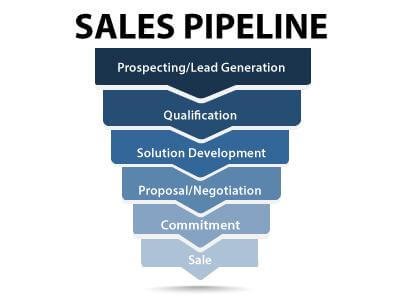
- Sales Process. Establish repeatable process by defining objective criteria for each pipeline stage, its key activities, and each pass-through gate requiring advancement to the next stage. If you are just getting started, here’s an article I wrote to guide your steps, Does Your Sales Process Generate Predictable Results?.
- Close Probability. This is a percentage applied to each stage in the pipeline to reflect how likely a deal is to close. For example, deals in stage one may have a 10% chance of closing, while deals that make it to stage three may have a 70% chance of closing.
- Sales Velocity. The measurement of how quickly deals move through your pipeline and generate revenue. If you have a broad portfolio, sales velocity may differ based on product or service type. Velocity is important to identify deals that have gone dormant.

Equally important is the implementation of easy-access reporting to keep a pulse on your pipeline progress.
A well-designed sales dashboard can provide clear visibility into sales pipeline volume, velocity, and conversion rates.
Sales process conversion rates refer to things that have big impact to sales pipeline flow such as new introduction meetings turning into proposals.
Performance in all these areas is critical to ensure you are tracking at a steady rate to reach your revenue goals.
Knowing where and when things are stuck in the pipeline alerts the sales leader to sellers needing help navigating a deal before it’s too late. It also pinpoints areas that salespeople would benefit from additional training.
To assess the strength of your current reporting approach, read my prior blog, Does Your Sales Dashboard Provide Powerful Insight?.
Feeding the Sales Pipeline
Even in cases when I’ve seen well-operated sales pipelines, most companies don’t know the number of leads they need to meet new revenue goals. Let’s break this down…
First, we need to revisit the revenue goal development model shown below that I introduced in the previous blog entitled, How to Create Bottom-up Revenue Goals that Make Sense.
I highlighted the three contributors that will benefit from a reverse engineered lead generation calculation. The approach is to calculate each of them separately, so each revenue strategy has its own lead volume target based on its own unique variables.
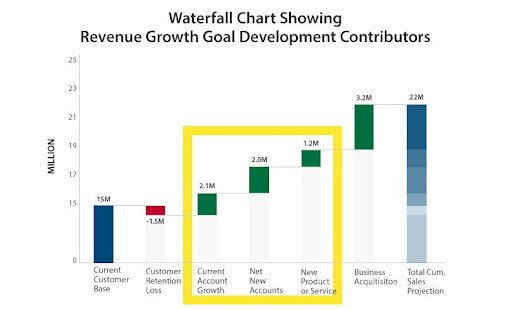
Next, for the sake of quick modeling, I’ll list the typical plug-and-play variables I incorporate into a custom designed sales pipeline calculator for my clients.
- Sales Process Stage-by-Stage Conversion Rates
- Sales Velocity by Product/Service Type
- Deal Size average by Product/Service Type
- Gross Margin average by Product/Service Type
- 1-year and 3-year Revenue Goal
- 1-year and 3-year Gross Profit Minimum
- Customer Lifetime in Years
When calculated properly, the mathematic output is the lead volume that needs to enter the client’s sales pipeline to achieve their desired 12-month revenue growth goal.
The aha moment that commonly occurs for a client upon the completion of this exercise is that the lead volume requirement is much higher than what was anticipated, and more than the current sales and marketing staff structure can reasonably generate
That’s when I guide my client through the next phase of preparing their sales organization for success. This typically includes developing a scalable lead generation plan and “right sized” staff structure. It also includes evaluating sales process conversion rates to identify if any of them aren’t aligned with best practice so a sales training program can be developed.
If you are not sure how to approach next steps to prepare your sales organization for readiness to achieve your growth goal, I’m happy to help. Guiding small and mid-sized businesses on how to generate and close more volume through their sales pipeline is at heart of my Fractional VP Sales specialization.
Take Out the Guesswork
You can’t afford the risks associated with bad revenue goal setting or not having clarity on the sales pipeline volume necessary to ensure you are on the right track to achieve your monthly, quarterly, or annual targets.

Your company needs to develop a reliable sales pipeline methodology to drive to its growth goals so proactive business plans can be confidently executed upon.
This is an essential tool that enables sales leaders to coach their salespeople to success.
In today’s world of supply chain and labor shortage issues, trustworthy projections are more important than ever to enable the company’s ability to deliver on customer expectations.
Just as important, missing revenue targets can be demoralizing for your sales team as the company looks to them for reasons why things went wrong. Worse yet, is the risk of top performing salespeople leaving out of frustration.
If you are finding yourself questioning the strength of your sales pipeline and wondering why projections seldom line up with your actual revenue, please feel welcome to reach out.
You can contact me through any of these methods: call me at (571) 329-4343, or email me at Chris@Salesgrowthadvisor.com , or book a call through my Scheduling Tool.
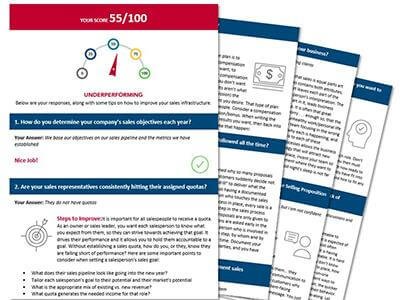
Another helpful resource I offer is a custom report you will receive after investing 2-minutes taking my SALES AGILITY ASSESSMENT
It’s filled with tips on how to optimize your sales environment based on your unique responses, making the report individualized and insightful!
——————————————————————————————————————————
I am part of a national group of Senior Sales Leaders who collaborate to share insights like the examples shown in this article. We formed because of our shared passion to help business leaders exponentially grow their revenue.
Chris Tully
President | Sales Growth Advisors LLC
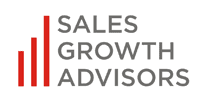
(Phone) 571-329-4343
(Email) crtully@salesgrowthadvisor.com
(Schedule) Here is my calendar link!
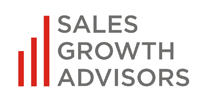






Leave A Comment